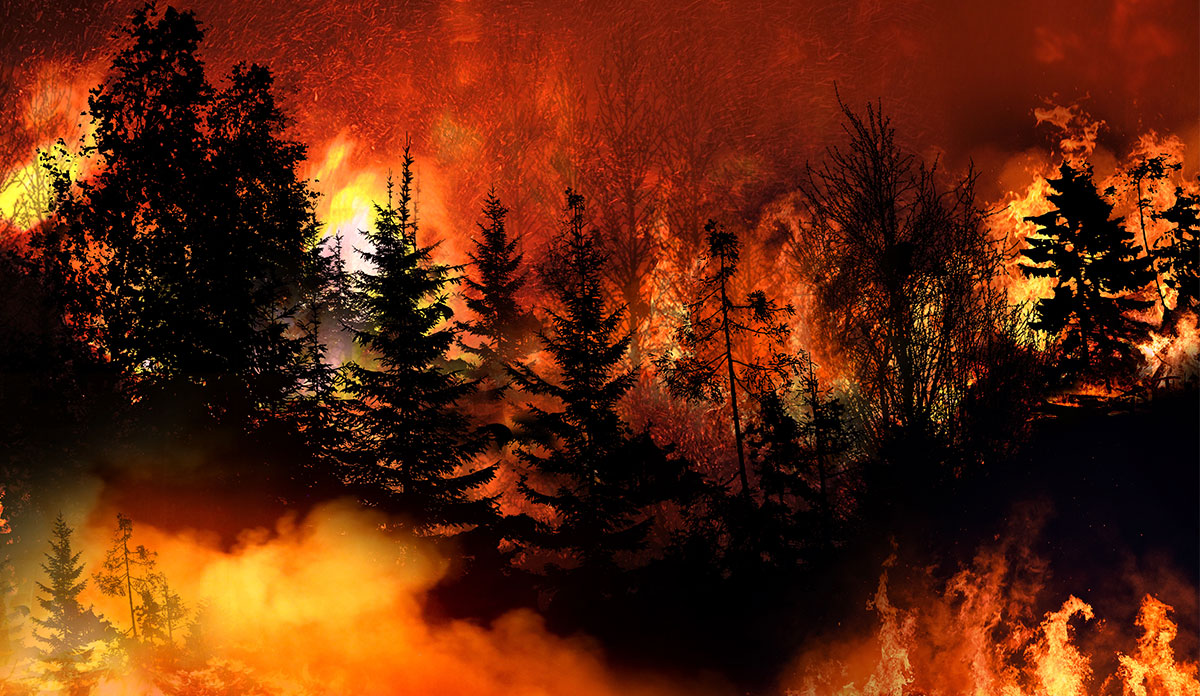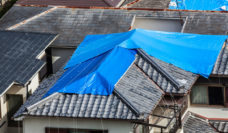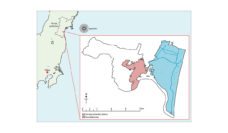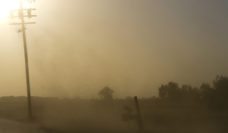I grew up in Orange County, California. My memories of wildfires are distinct. Instead of snow days, we had smoke days. Black skies overwhelmed with ash and orange light meant a fun day home from school for children in my hometown. In neighboring counties however, the fires caused massive economic hardships and health consequences. Not every zip code suffers equally after a wildfire. Local environment and socioeconomic status determine how disastrous a wildfire can be.
Since 1980, the western U.S. has experienced an increase in major wildfire occurrences, area burned, and fire duration. Area burned by wildfires has increased by over 23,000 acres per year (640 acres is one square miles) over the last two decades. From 2000 to 2020, 1,081 of California’s over 8000 census tracts experienced wildfires with record-breaking fires in 2020 when over four million acres of land burned. Over 11,000 building were destroyed. Thirty-three people died.
Using wildfire tracking data and 2010 California census data, Sahir Masri and fellow researchers compared the damages and frequency of wildfires across environmental, social, and economic factors. Wildfires were more frequent in rural areas. These areas also had higher at-risk populations. Low-income, elderly, indigenous, and non-English speaking residents faced the greatest danger.
Rural census tracts have 36% higher unemployment and 26% more low-income residents compared to urban areas. These residents are likely to have fewer resources prior to a disaster. Recovery from damages to property or health issues after a fire is significantly more difficult than in wealthier municipalities. Low-income census tracts, often large, may experience differences in vegetation management and availability of resources for combating wildfire, allowing greater destruction.
Overall, census tracts that were majority Black, Hispanic, or Native American were 50% more vulnerable to wildfire.
Rural census areas also have a higher proportion of residents over age 65. Older residents may have a harder time evacuating quickly during a wildfire due to mobility and health conditions; they may also have pre-existing lung and heart disease. These conditions leave residents vulnerable to more serious effects from smoke exposure.
Masri and colleague also found that residents with a language barrier, particularly elderly residents, reported negative experiences with health services during an evacuation. Native American residents overall were more likely to live in rural areas. Overall, census tracts that were majority Black, Hispanic, or Native American were 50% more vulnerable to wildfire. Social vulnerability and discrimination frequently lead to reports of indigenous communities being marginalized and underserved both before and after a wildfire disaster.
Marginalization during wildfires goes beyond rural areas. Minority residents in urban populations experienced similar issues with health services. Undocumented Hispanic and non-English speaking residents are particularly vulnerable to the economic impacts of wildfire. These residents report fear of deportation which may prevent them seeking health care.
In the last year it seems that every few months I have to call and check on friends or family evacuating from a fire. The growing frequency and severity of wildfires threatens more people each year. Allocating anti-fire resources to areas and people who need them most could reduce wildfire damage and lessen environmental injustice.
Photo via Getty Images














